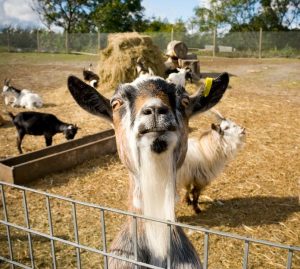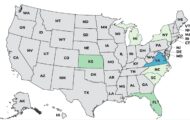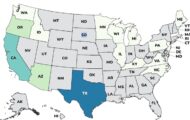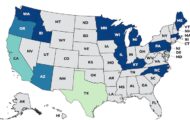Oregon health authorities have not disclosed the findings of their ongoing investigation into the September E.coli death of 4-year-old Serena Profitt and the E.coli illness of her friend Brad Sutton, 5. But Serena’s mother, Rachel Profitt, told The Oregonian in an interview that the family’s pet goat is considered a prime suspect.
 Profitt said there are still a lot of unanswered questions surrounding the illness and death of her daughter. E. coli was found in the goat’s droppings but, but officials have not confirmed if it was a genetic match to the strain that sickened Serena and Brad. Goat dropping were among the samples health officials collected from the Profitt home, but stool samples from family members, including 2-year-old Hannah who was also sick around the time Serena became ill, were not collected.
Profitt said there are still a lot of unanswered questions surrounding the illness and death of her daughter. E. coli was found in the goat’s droppings but, but officials have not confirmed if it was a genetic match to the strain that sickened Serena and Brad. Goat dropping were among the samples health officials collected from the Profitt home, but stool samples from family members, including 2-year-old Hannah who was also sick around the time Serena became ill, were not collected.
Health authorities have also not disclosed what, if any, connection there may be to a third E.coli case. Aubrie Utter, 3, was battling an E.coli infection at the same hospital at the same time as the other children. During their conversations together, the parents of the sick children discovered all of them had eaten watermelon purchased from the same store before they became ill. Serena and Brad fed the same melon to the goat.
When the investigation is complete, Oregon health authorities will release the findings. Until then, the process has highlighted the risk barnyard animals pose for small children. The goat is suspect because history is not on its side.
Goats and other barnyard animals are frequent sources of E.coli infections. Numerous outbreaks have been linked to petting zoos and animal exhibits where children are often among those most seriously injured. In 2012, an E.coli outbreak at the Cleveland County Fair in North Carolina sickened 106 people. Sixty-four of them were children, one of whom died.
E.coli bacteria lives in the intestines of animals and is shed in their feces. Some strains are harmless others are dangerous. Microscopic amounts of feces on an animal’s fur can be transferred to the hands of children who pet them and then ingested if they touch their faces, food, drinks, pacifiers, bottles or sippy cups.
Thorough hand washing can prevent illness, but only if it is done after the child pets the animal and before he or she touches anything else. And its only effective with soap and running water. Alcohol-based hand sanitizer is not an effective substitute for hand washing. It is for these reasons that the Centers for Disease Control and Prevention (CDC) recommends that children under five not be allowed to handle live animals and children between 5 and 10 do so only with adult supervision.
Symptoms of an E. coli infection are diarrhea, that is often bloody, and abdominal cramps. Symptoms usually set in three to four days after exposure but can appear within 24 hours or take as long as 10 days to develop. About 15 percent of children with E. coli infections will develop HUS, or hemolytic uremic syndrome. HUS causes blood cells to become misshapen and to die prematurely, clogging the kidneys. Kidney failure, heart attack, seizure and stroke are all possible complications of HUS. Children under 10 are at most at risk for HUS because their immune systems have not fully developed. For about 12 percent of children, HUS is fatal.Serena, Brad and Aubrie all had HUS.




